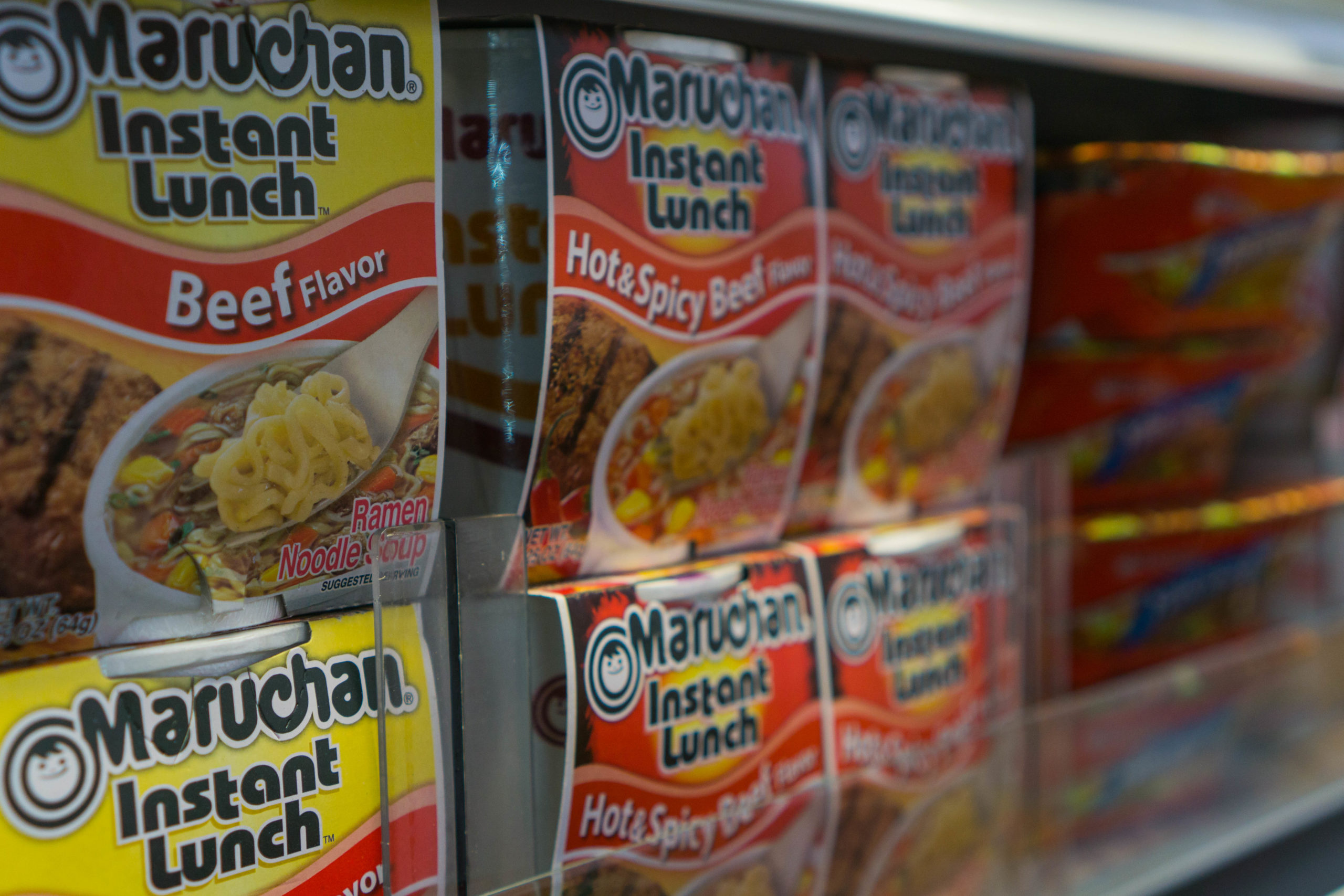Thanks for turning this in early, Hannah! This is a great start, but it went a little off-target for what I had envisioned for this pitch. This article should be focused on why college students should opt for healthier options – focus on health, chemicals, side effects, and alternatives. I’ve included some ideas below! Your revisions will take some research, but I promise it will be worth it. Also be sure to provide healthier alternatives for readers – we don’t just want to tell them about what’s bad, but also how they can fix it. Your oatmeal example was a good start, and please don’t be afraid to think outside the box. Additionally, please find two student quotes – one about food and one about toiletries. Maybe someone who has made the switch to become healthier? Please include a teaser as well. Again, thank you, and I look forward to your revisions! -Ayla ” class=” collapsed”>One of the biggest college stereotypes is the consumption of cheap and unhealthy products such as
ramen noodles. Products like ramen noodles are easy, quick, tasty and affordable, but a more nutritious meal like oatmeal is just as simple. Students should choose to consume nutritious foods instead of convenient, prepackaged foods for the sake of their own health.
Time and money are at a premium for college students, which makes food like microwavable macaroni very appealing. This appeal might be reduced, however, when looking closer into the chemical content of the food.
Styrofoam cups in which instant microwaveable ramen are held in contains bisphenol A, or BPA, according to Food Revolution Network. The most often side effect of this chemical is hormone disruption. When BPA is microwaved, it becomes even more toxic, according to the National Institute of Environmental Health Sciences.
Yet, a larger variety of meal options does exist. If students ate oatmeal instead of ramen, both health and price would reap more benefits. Convenience would not be harmed either. At Kroger, a 12-pack of microwavable ramen is priced at $2.99. A 12-pack of oatmeal is only $2.49. There is no reason to not make the switch, as both students’ health and finances would benefit.
Alternative cooking methods can also be a way to promote healthy habits. Although microwaving food is a quicker option, it is not as thorough or healthy an option as other modes of cooking.
“I just switched to using metal stove pots to cook instead,” undeclared freshman Alan Hu said. “[I’ve] just stopped using the microwave.”
If students love ramen too much to erase it from their lives completely, alternative cooking methods can also contribute to a healthier lifestyle switch.
Another beloved food choice is mac and cheese — specifically, the kind made with powdered cheese. This cheesy mix contains a high amount of phthalate, according to the New York Times. Like the BPA found in ramen noodles, this chemical has been proven to cause hormone disruption. It has also been linked to behavior and learning issues in children.
Instead of this starchy, fatty meal option that could possibly be harmful to your body, microwaveable vegetables are an excellent replacement. The FDA has required microwavable containers to include a microwave-safe symbol, indicating it has gone through testing and has not produced harmful chemicals, according to Sutterhealth.
“If I found out that the products I was buying could have harmful effects, I would definitely look into safer alternative brands,” sophomore psychology major Kelly Caldwell said. “The chemicals we put into our bodies and the world can do a lot of damage, so it’s good to be mindful of what exactly you’re buying.”
College is expensive, and most students are subject to the temptation to spend less by buying cheaper necessities. This is understandable, but health should come before money. Students should be careful with their spending and be conscious of their time management, but keeping a close eye on health should take precedence over all else.



